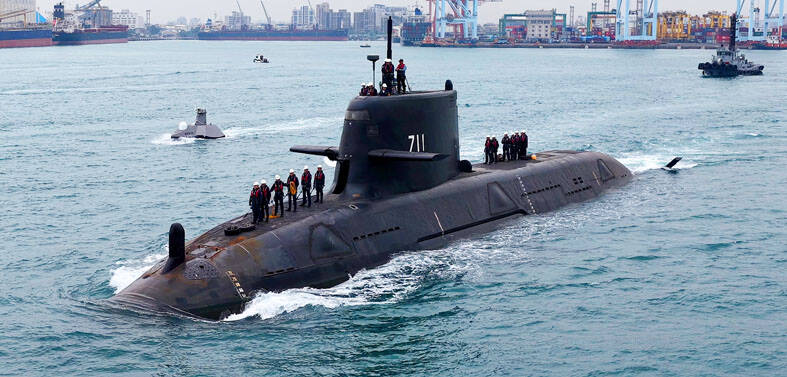Housing units for senior citizens that were recently opened in Japan, partly funded by donations from the Red Cross Society of the Republic of China, are designed to shelter elderly people who lost their homes in the March 11, 2011, earthquake and tsunami, the charity said yesterday.
The two public-housing compounds with a total of 22 units were opened on Friday in Soma City, Fukushima Prefecture.
Last year, a separate housing compound that was funded by the Taiwanese charity opened in the city, and another one is set to be completed in July, the charity said, adding that the projects are a collaboration between the charity and the Soma City Government.
The compounds, with a combined construction cost of ¥100 million (US$1.01 million), will be able to provide housing for about 100 elderly people, Red Cross deputy secretary-general Samuel Chen (陳士良) said.
Construction of the new 1,980m2 and 4,000m2 compounds began in March last year, said the Red Cross, which received NT$2.57 billion (US$86.02 million) in donations from the Taiwanese public after the disasters in northeastern Japan.
The housing units are to be rented out at a low price to elderly couples or seniors living alone. The design of the compounds was inspired by a 50-year-old Japanese housing style, which stresses use of shared eating, laundry, activity and other public living spaces, the charity said.
In the wake of the 2011 earthquake and tsunami, Taiwan donated US$260.64 million in cash to Japan, 90 percent of which came from private donors.
It was the highest amount from any country.
Official figures compiled after the disaster listed 15,883 people dead, 2,681 missing and more than 1.1 million houses destroyed or damaged.
Fukushima, Iwate and Miyagi prefectures were among the areas hardest-hit by the disaster.

SHIPS, TRAINS AND AUTOMOBILES: The ministry has announced changes to varied transportation industries taking effect soon, with a number of effects for passengers Beginning next month, the post office is canceling signature upon delivery and written inquiry services for international registered small packets in accordance with the new policy of the Universal Postal Union, the Ministry of Transportation and Communications said yesterday. The new policy does not apply to packets that are to be delivered to China, the ministry said. Senders of international registered small packets would receive a NT$10 rebate on postage if the packets are sent from Jan. 1 to March 31, it added. The ministry said that three other policies are also scheduled to take effect next month. International cruise ship operators

NUMBERS IMBALANCE: More than 4 million Taiwanese have visited China this year, while only about half a million Chinese have visited here Beijing has yet to respond to Taiwan’s requests for negotiation over matters related to the recovery of cross-strait tourism, the Tourism Administration said yesterday. Taiwan’s tourism authority issued the statement after Chinese-language daily the China Times reported yesterday that the government’s policy of banning group tours to China does not stop Taiwanese from visiting the country. As of October, more than 4.2 million had traveled to China this year, exceeding last year. Beijing estimated the number of Taiwanese tourists in China could reach 4.5 million this year. By contrast, only 500,000 Chinese tourists are expected in Taiwan, the report said. The report

Temperatures are forecast to drop steadily as a continental cold air mass moves across Taiwan, with some areas also likely to see heavy rainfall, the Central Weather Administration (CWA) said. From today through early tomorrow, a cold air mass would keep temperatures low across central and northern Taiwan, and the eastern half of Taiwan proper, with isolated brief showers forecast along Keelung’s north coast, Taipei and New Taipei City’s mountainous areas and eastern Taiwan, it said. Lows of 11°C to 15°C are forecast in central and northern Taiwan, Yilan County, and the outlying Kinmen and Lienchiang (Matsu) counties, and 14°C to 17°C

STEERING FAILURE: The first boat of its class is experiencing teething issues as it readies for acceptance by the navy, according to a recent story about rudder failure The Hai Kun (海鯤), the nation’s first locally built submarine, allegedly suffered a total failure of stern hydraulic systems during the second round of sea acceptance trials on June 26, and sailors were forced to manually operate the X-rudder to turn the submarine and return to port, news Web site Mirror Daily reported yesterday. The report said that tugboats following the Hai Kun assisted the submarine in avoiding collisions with other ships due to the X-rudder malfunctioning. At the time of the report, the submarine had completed its trials and was scheduled to begin diving and surfacing tests in shallow areas. The X-rudder,